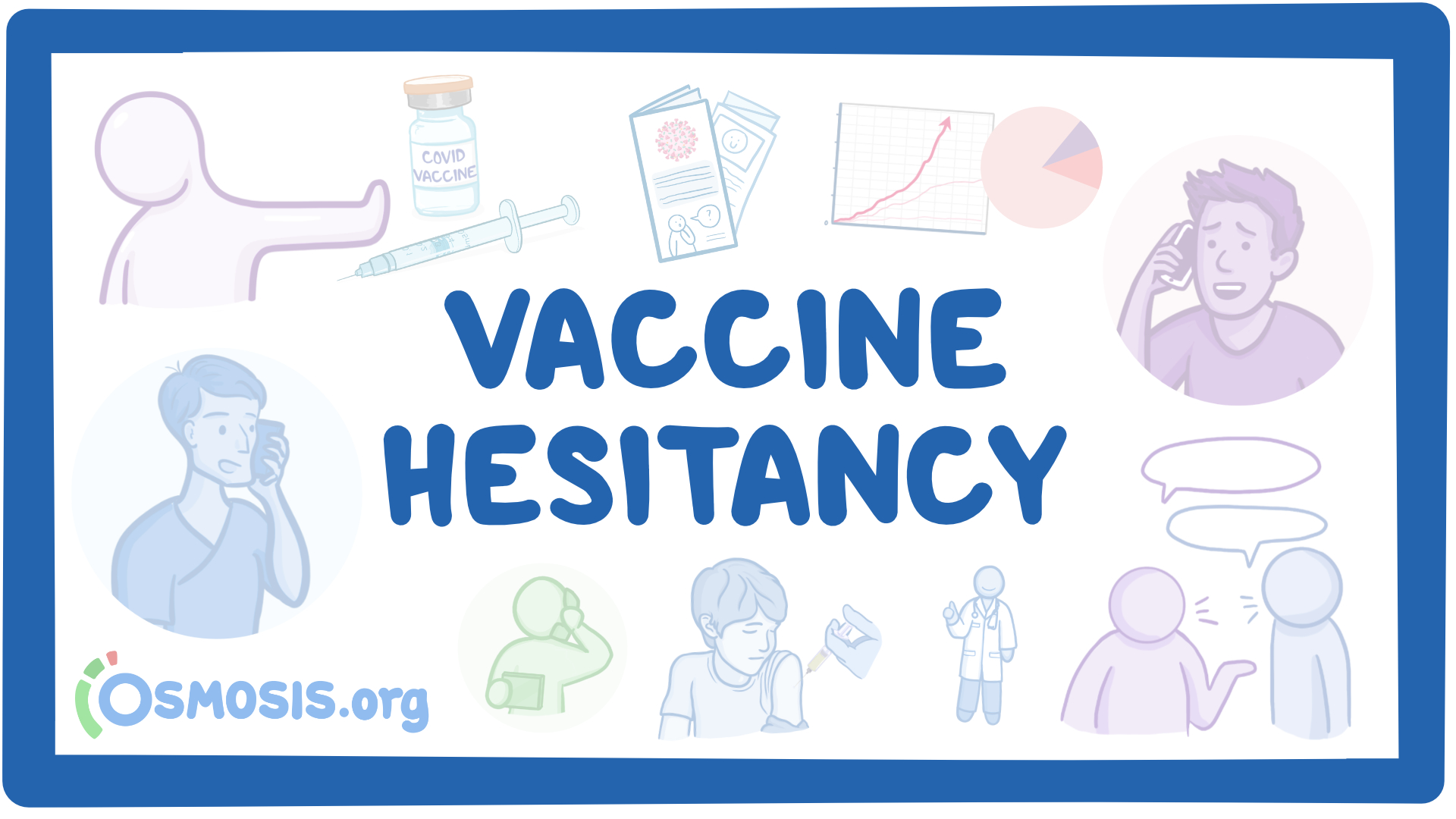Causes of Vaccine Hesitancy

Vaccine hesitancy is a complex issue, and its causes vary depending on the population, cultural context, and socioeconomic factors. Some of the common reasons for vaccine hesitancy include:
- Misinformation and mistrust: The spread of false information about vaccines on social media and the internet has contributed significantly to vaccine hesitancy. Many people are misled into believing that vaccines are not safe, effective, or necessary.
- Fear of side effects: Concerns about potential side effects, such as pain, allergic reactions, or long-term health problems, can deter people from getting vaccinated.
- Lack of awareness: Limited knowledge about the benefits of vaccination, vaccine-preventable diseases, and the importance of herd immunity can lead to hesitancy.
- Cultural and social factors: Cultural and social norms, such as religious or philosophical beliefs, can influence an individual’s decision to vaccinate or not.
- Access and affordability: Limited access to healthcare services, high costs, or lack of health insurance can make it difficult for people to get vaccinated.
Consequences of Vaccine Hesitancy
Vaccine hesitancy can have severe consequences, including:
- Outbreaks of vaccine-preventable diseases: When a sufficient percentage of the population is not vaccinated, it can lead to outbreaks of diseases, such as measles, mumps, and whooping cough.
- Increased risk of disease transmission: Unvaccinated individuals are more likely to contract and transmit diseases, putting themselves and others at risk.
- Reduced herd immunity: When a significant portion of the population is not vaccinated, it can compromise herd immunity, which protects vulnerable individuals, such as the elderly, young children, and those with weakened immune systems.
- Economic burden: Vaccine-preventable diseases can result in significant economic burdens, including medical expenses, lost productivity, and strain on healthcare systems.
Solutions to Address Vaccine Hesitancy
To address vaccine hesitancy, it is essential to employ a multifaceted approach that involves:
- Education and awareness: Providing accurate and reliable information about vaccines, their benefits, and the risks of not vaccinating can help alleviate misconceptions and myths.
- Building trust: Establishing trust between healthcare providers and patients is crucial. Healthcare providers should be knowledgeable, empathetic, and transparent when discussing vaccines with patients.
- Improving access and affordability: Expanding access to healthcare services, reducing costs, and increasing health insurance coverage can help make vaccines more accessible to vulnerable populations.
- Cultural and social sensitivity: Healthcare providers should be aware of cultural and social factors that may influence an individual’s decision to vaccinate and tailor their approach accordingly.
- Innovative technologies: Leverage digital technologies, such as social media, text messaging, and online platforms, to disseminate accurate information and promote vaccination.
- Community engagement: Engaging with communities, schools, and workplaces can help promote vaccination and build support for public health initiatives.
- Policy and legislative changes: Implementing policies and laws that support vaccination, such as mandatory vaccination requirements, can help increase vaccination rates.
Innovative Solutions
Some innovative solutions to address vaccine hesitancy include:
- Vaccine ambassadors: Training community leaders, influencers, and peer educators to promote vaccination and address misconceptions.
- Vaccine clinics: Establishing convenient, accessible, and affordable vaccine clinics in community settings, such as pharmacies, schools, and workplaces.
- Mobile vaccination units: Deploying mobile vaccination units to reach remote or underserved areas.
- Text messaging and online platforms: Utilizing text messaging and online platforms to remind patients about vaccination appointments, provide educational materials, and offer support.
- Gamification and incentives: Developing gamification strategies and offering incentives, such as rewards or discounts, to encourage vaccination.
FAQ
Q: What are the most common reasons for vaccine hesitancy?
A: The most common reasons for vaccine hesitancy include misinformation and mistrust, fear of side effects, lack of awareness, cultural and social factors, and access and affordability concerns.
Q: What are the consequences of vaccine hesitancy?
A: The consequences of vaccine hesitancy include outbreaks of vaccine-preventable diseases, increased risk of disease transmission, reduced herd immunity, and economic burdens.
Q: How can healthcare providers address vaccine hesitancy?
A: Healthcare providers can address vaccine hesitancy by providing accurate and reliable information, building trust, and being culturally and socially sensitive.
Q: What role can technology play in promoting vaccination?
A: Technology can play a significant role in promoting vaccination by disseminating accurate information, providing reminders, and offering support through digital platforms.
Q: How can communities promote vaccination?
A: Communities can promote vaccination by engaging in public health initiatives, supporting vaccination requirements, and encouraging social norms that promote vaccination.
Conclusion
Vaccine hesitancy is a complex issue that requires a multifaceted approach to address. By understanding the causes of vaccine hesitancy, its consequences, and potential solutions, we can work towards promoting vaccination and protecting public health. Education, awareness, building trust, and improving access and affordability are crucial components of any strategy to address vaccine hesitancy. Innovative solutions, such as vaccine ambassadors, mobile vaccination units, and digital technologies, can also play a significant role in promoting vaccination. Ultimately, it is essential to engage with communities, healthcare providers, and policymakers to develop and implement effective strategies to address vaccine hesitancy and promote public health. By working together, we can ensure that vaccines are accessible, affordable, and accepted by all, and that we can protect ourselves, our loved ones, and our communities from vaccine-preventable diseases.
Closure
Thus, we hope this article has provided valuable insights into Vaccine hesitancy solutions. We hope you find this article informative and beneficial. See you in our next article!